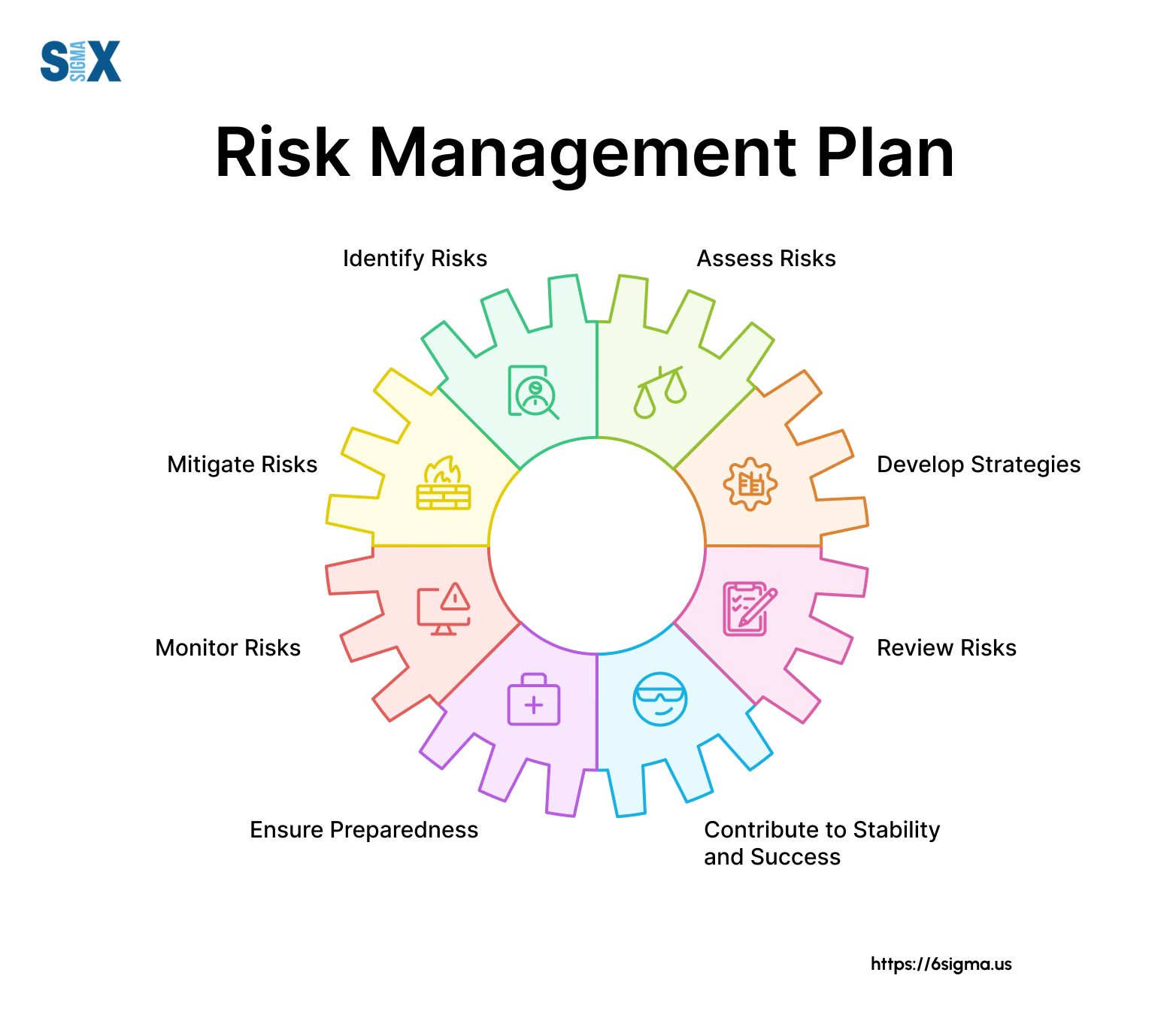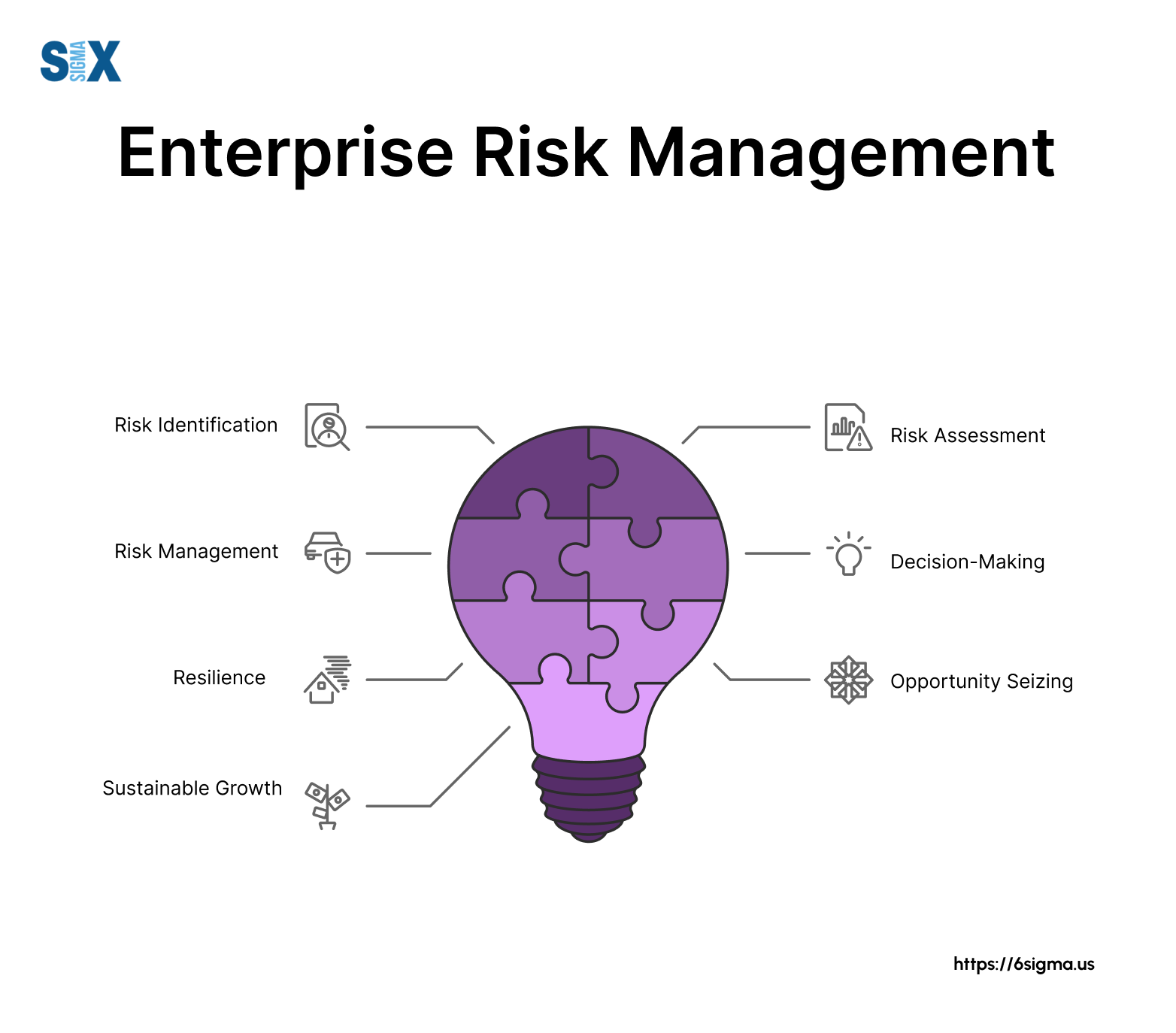Understanding the Importance of Risk Management in Contemporary Business Practices
Understanding the Importance of Risk Management in Contemporary Business Practices
Blog Article
Exploring the Value of Risk Management for Effective Decision-Making Methods
In the detailed world of service, Risk Management emerges as a crucial element in the decision-making procedure. The capacity to identify prospective risks and chances, and plan accordingly, can lead to the distinction between success and failing.
Understanding the Idea of Risk Management
Risk Management, an essential component in decision-making, is commonly misconstrued or oversimplified. Typically, it refers to the recognition, assessment, and prioritization of threats to reduce, keep an eye on, and regulate the likelihood or impact of unfavorable events. Nonetheless, it's not simply concerning avoiding negative results, but additionally about identifying possible opportunities. Risk Management entails disciplined and structured techniques, making use of data and informative assessments. It needs a thorough understanding of the company's context, purposes, and the possible dangers that can prevent them. From financial unpredictabilities, lawful liabilities, calculated Management errors, to mishaps and natural calamities, it addresses numerous risks. Importantly, reliable Risk Management is not stationary; it's a continual, positive procedure that progresses with altering conditions.
The Function of Risk Management in Decision-Making Processes
In the realm of tactical planning and business procedures, Risk Management plays an indispensable role in decision-making processes. It helps in recognizing possible risks and uncertainties that could impact the achievement of service objectives. By mapping these threats, business can formulate methods to minimize their influence, guaranteeing company connection and security. Risk Management therefore ends up being an essential device in decision-making, assisting leaders to make enlightened choices based on a thorough understanding of the dangers entailed. It encourages a positive method, allowing organizations to prepare and anticipate for feasible future scenarios. This significantly minimizes the possibility of unfavorable repercussions, promoting much more efficient and efficient decision-making methods. Risk Management serves as an important component in the decision-making procedures of any company.

Exactly How Risk Management Boosts Strategic Planning
In the context of calculated preparation, Risk Management plays a critical role. Starting with the identification of possible threats, it even more encompasses the execution of Risk reduction actions. The role of Risk Management is vibrant but not static, as it demands continuous tracking and adjusting of strategies.
Determining Potential Threats

Applying Risk Mitigation
Having actually established the relevance of identifying possible threats, the following action is to discover Risk mitigation. This process involves establishing and carrying out approaches to take care of determined risks effectively. It is an essential facet of critical planning as it enhances decision-making by lessening prospective negative end results. Risk reduction techniques can vary from Risk avoidance, Risk transfer, to take the chance of reduction. Each strategy ought to be customized to the specific Risk, considering its prospective impact and the organization's Risk resistance. Effective Risk mitigation calls for a deep understanding of the Risk landscape and the possible impact of each Risk. This understanding enables companies to prioritize dangers and allocate sources effectively, guaranteeing that one of the most significant threats are resolved first.
Surveillance and Adjusting Techniques
Though Risk reduction is a crucial action in tactical preparation, continual monitoring and adjustment of these strategies is just as vital. This continuous process permits companies to recognize new dangers and reassess existing ones, making sure the carried out approaches stay effective in the ever-changing business setting. It additionally supplies a chance to assess the success of the Risk Management measures, allowing adjustments to be made where needed, more boosting strategic planning. Efficient monitoring and modification need using analytics and crucial performance indications (KPIs) to measure performance. These devices supply useful data-driven understandings that can notify critical decision-making. Therefore, tracking and readjusting Risk Management techniques is an important part for improving a company's durability and strategic preparation.
Instance Studies: Successful Risk Management and Decision-Making
In the world of business and money, effective Risk Management and decision-making often act as the columns of thriving ventures. One such entity is a multinational oil firm that mitigated economic loss by hedging against rising and fall oil rates. In one more instance, a technology startup prospered by identifying and approving high-risk, high-reward techniques in a volatile market. find more A worldwide bank, encountered with regulative unpredictabilities, successfully navigated the circumstance with aggressive Risk evaluation and vibrant decision-making. These cases highlight the worth of astute Risk Management in decision-making procedures. It is not the lack of Risk, however the Management of it, that frequently separates successful firms from unsuccessful ones. These instances emphasize the essential duty of Risk Management in strategic decision-making. importance of risk management.
Tools and Strategies for Effective Risk Management
These tools, such as Risk registers and heat maps, help in identifying and analyzing possible dangers. Risk feedback methods, an essential element of Risk Management, entail approving, staying clear of, transferring, or mitigating threats. With these techniques and tools, decision-makers can navigate the complicated landscape of Risk Management, thus facilitating notified and effective decision-making.
Future Patterns in Risk Management and Decision-Making Strategies
As we explore the huge landscape of Risk Management, it see here becomes apparent that the strategies and tools made use of today will certainly proceed to develop. The idea of Risk society, where every participant of a company is aware and involved in Risk Management, will gain much more prestige. These patterns declare a more proactive and inclusive method towards Risk Management and decision-making.
Verdict

Risk Management therefore comes to be a vital device in decision-making, assisting leaders to make informed choices based on a detailed understanding of the dangers included. Risk reduction approaches can range from Risk evasion, Risk transfer, to risk reduction (importance of risk management). Effective Risk mitigation needs a deep understanding of the Risk landscape and the possible influence of each Risk. Risk reaction approaches, a key part of Risk Management, include accepting, staying clear of, moving, or mitigating risks. The concept of Risk society, where every member of an organization is conscious and included in Risk Management, will gain much more prestige
Report this page